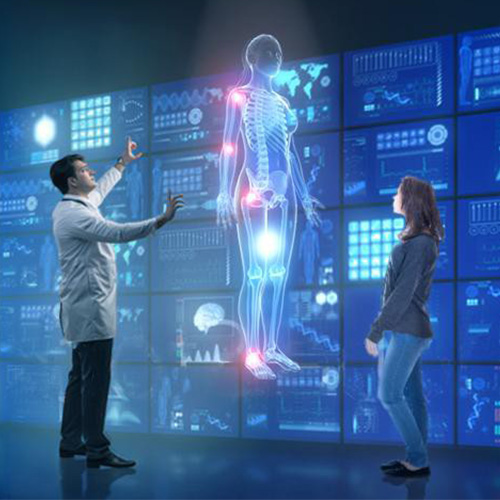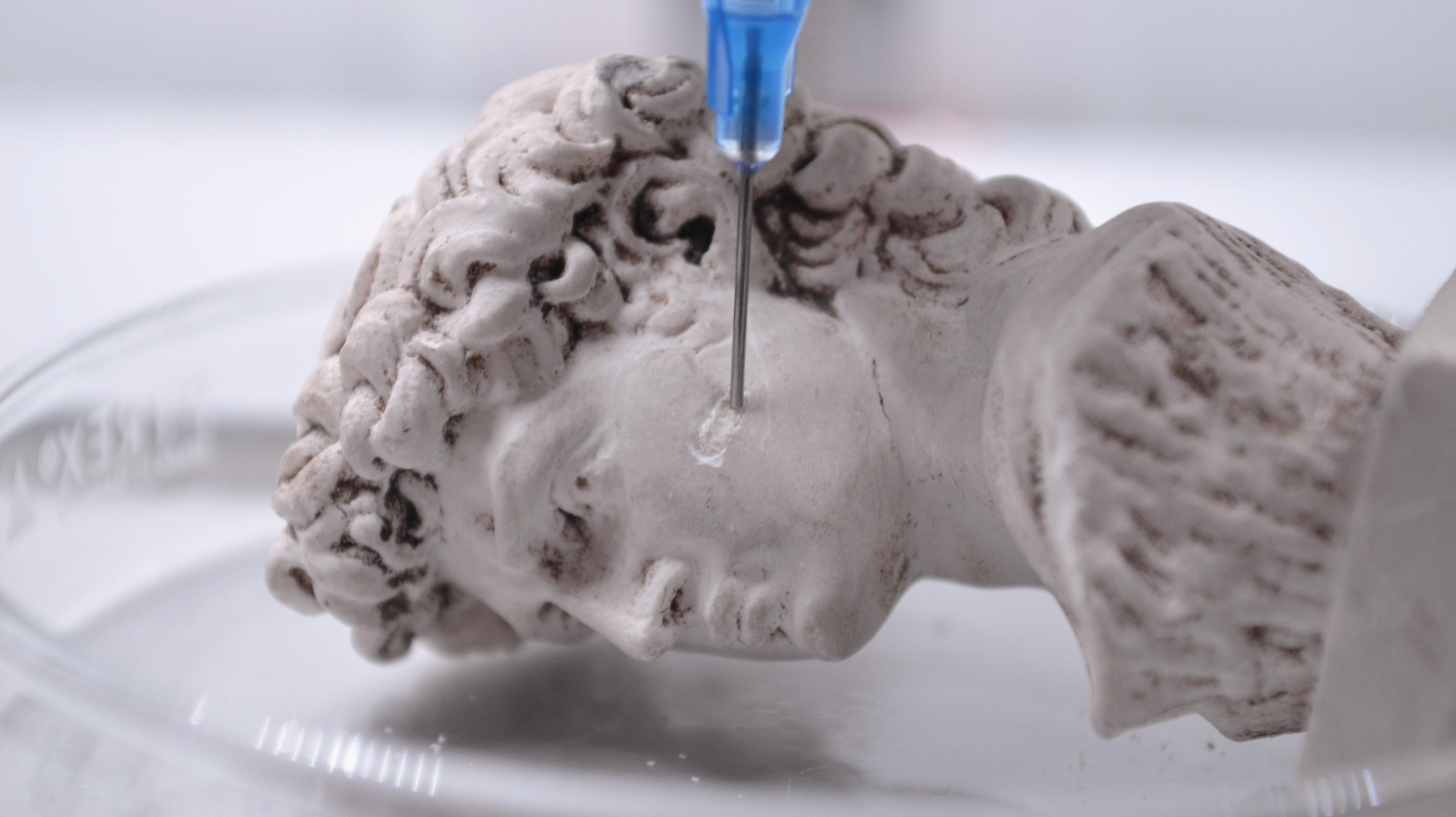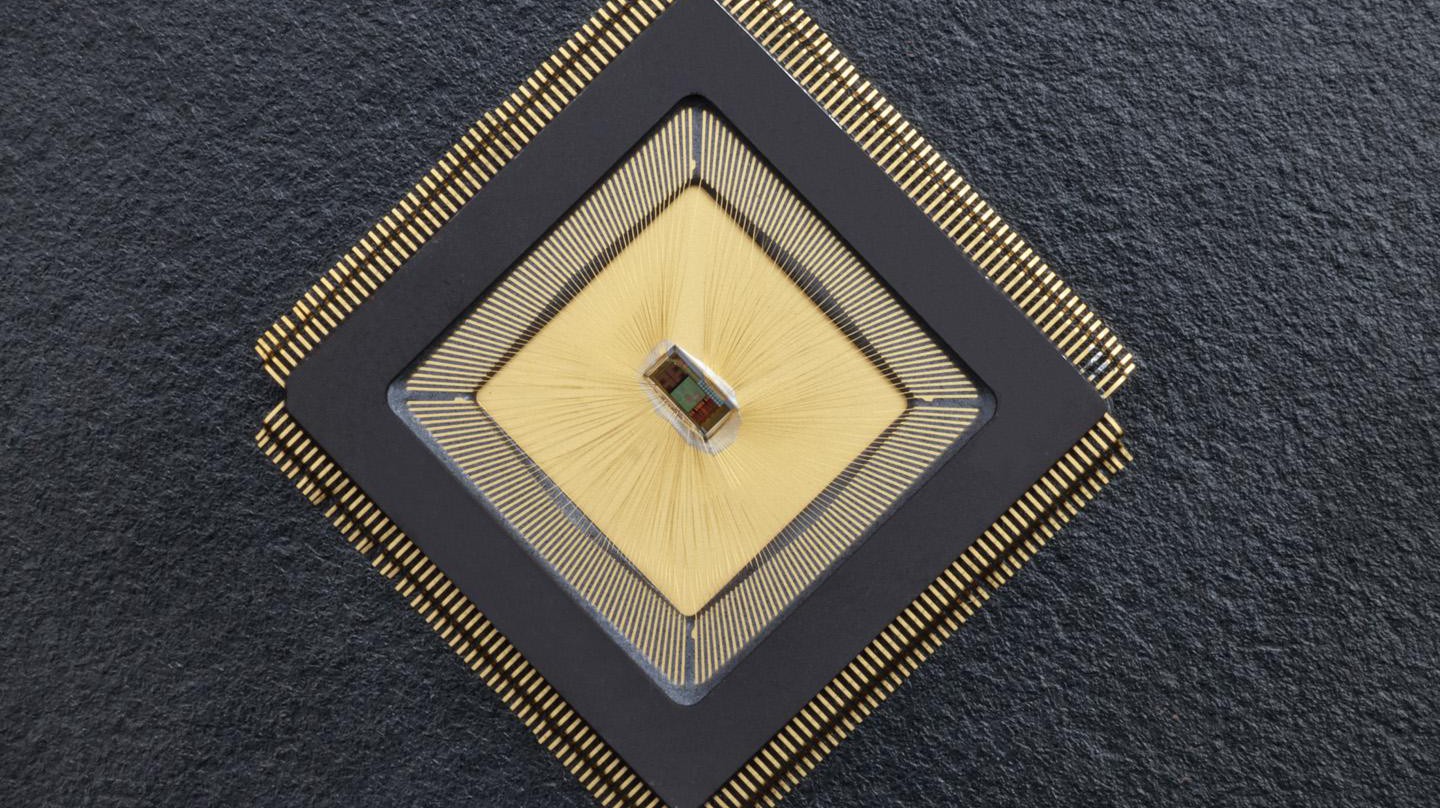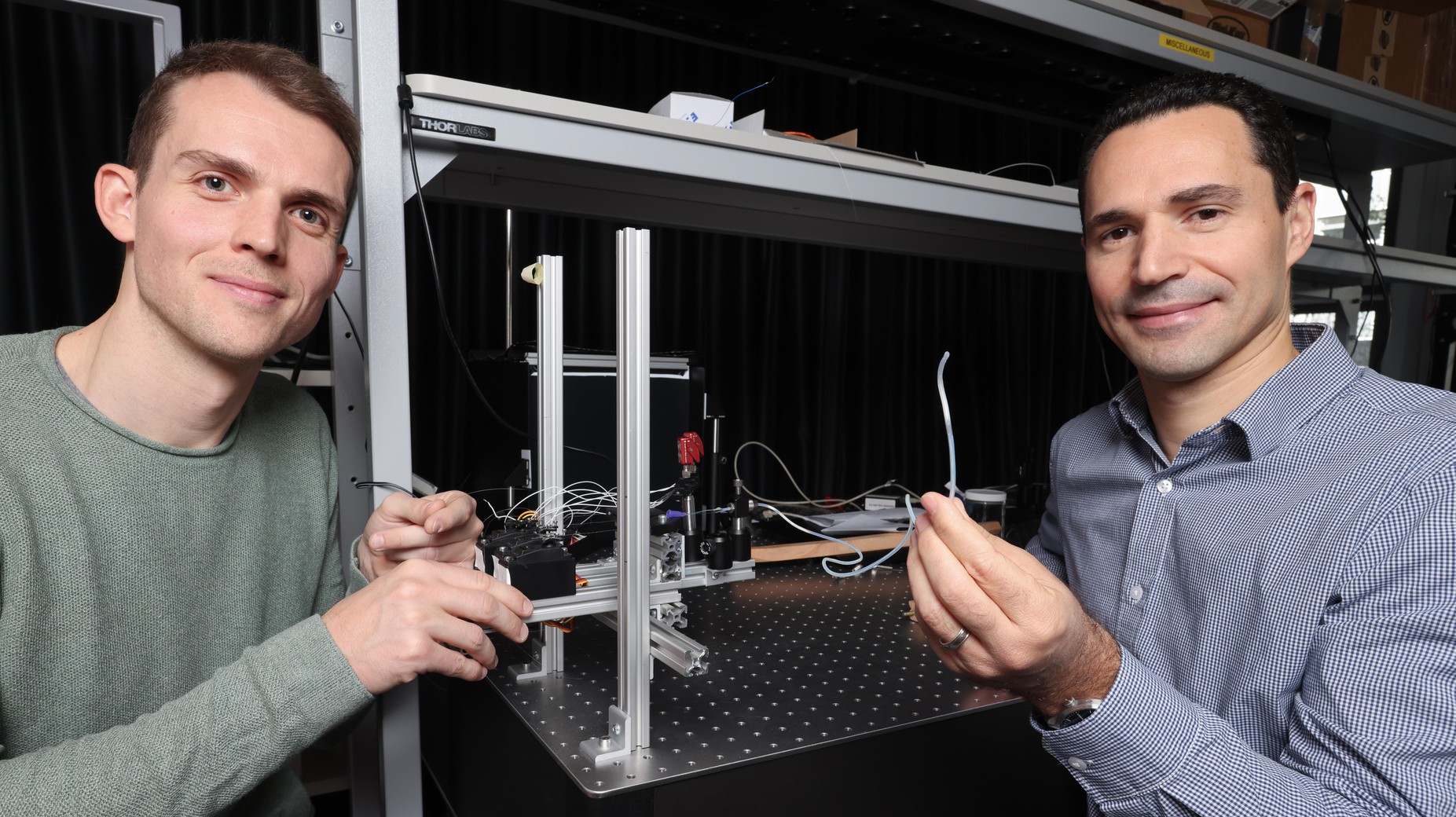L’ingénierie dans les sciences de la vie et de la santé
La combinaison de technologies miniaturisées et invasives rapproche l’ingénierie et les sciences de la vie et de la santé. Notre faculté est à la pointe de la création de nouvelles possibilités de science, de découverte et de traitement dans ce domaine, notamment grâce à des travaux sur l’électronique consommable, les microlaboratoires sur puces (« lab-on-chip »), l’imagerie médicale, la santé personnalisée, les bioMEMS, la robotique d’assistance, la biomécanique, les muscles artificiels, l’immuno-ingénierie, l’ingénierie tissulaire, les biomatériaux et les matériaux souples

Actualités associées

3D printing with bacteria-loaded ink produces bone-like composites
EPFL researchers have published a method for 3D-printing an ink that contains calcium carbonate-producing bacteria. The 3D-printed mineralized bio-composite is unprecedently strong, light, and environmentally friendly, with a range of applications from art to biomedicine.

A neuro-chip to manage brain disorders
EPFL researchers have combined low-power chip design, machine learning algorithms, and soft implantable electrodes to produce a neural interface that can identify and suppress symptoms of various neurological disorders.

Steerable soft robots could enhance medical applications
Borrowing from methods used to produce optical fibers, researchers from EPFL and Imperial College have created fiber-based soft robots with advanced motion control that integrate other functionalities, such as electric and optical sensing and targeted delivery of fluids.
Actualités associées
-

EPFL researchers have published a method for 3D-printing an ink that contains calcium carbonate-producing bacteria. The 3D-printed mineralized bio-composite is unprecedently strong, light, and environmentally friendly, with a range of applications from art to biomedicine.
-

EPFL researchers have combined low-power chip design, machine learning algorithms, and soft implantable electrodes to produce a neural interface that can identify and suppress symptoms of various neurological disorders.
-

Borrowing from methods used to produce optical fibers, researchers from EPFL and Imperial College have created fiber-based soft robots with advanced motion control that integrate other functionalities, such as electric and optical sensing and targeted delivery of fluids.
